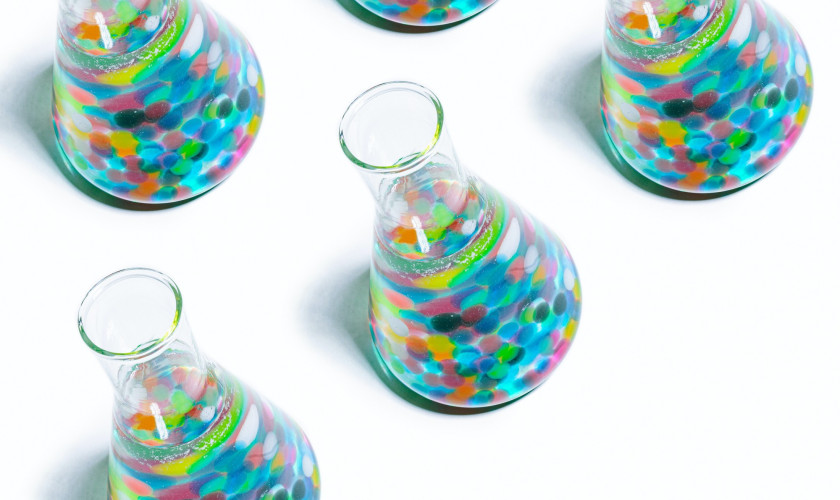In this research project we aim at modelling and rationalizing complex photochemical properties. The observation of believed scientific rules being broken often leads to new knowledge and, promisingly, important applications. Kasha’s rule states that “the emitting electronic level of a given multiplicity is the lowest excited level of that multiplicity”. The initial formulation of Kasha’s rule was later extended to include not only emission processes but also excited-state reactivity; that is, “polyatomic molecular entities react with appreciable yield only from the lowest excited state of a given multiplicity.” According to Itoh, anti-Kasha events can be classified into thermally or nonthermally equilibrated cases. In general, because kinetic control is always at play in photochemistry, most of the molecular systems behave in a Kasha-like manner. The goal of this master project is to shed some light into Anti-Kasha events, and specifically into the temperature-dependent fluorescence from S2 of 3,4-benzopyrene. Towards this end, a new theoretical framework comprising the combination of state-of-the-art quantum chemical methods for the excited states along with different excited state decay rate theories will be developed, implemented and finally applied for 3,4-benzopyrene. For relevant publications of the Escudero’s research group on this topic, see the following publications:
- K. Veys, D. Escudero. Computational Protocol To Predict Anti-Kasha Emissions: The Case of Azulene Derivatives. J. Phys. Chem. A, 124, 7228 (2020)
- M. Rohrs, D. Escudero. Multiple Anti-Kasha Emissions in Transition-Metal Complexes. J. Phys. Chem. Lett.,10, 5798 (2019)
- The research project is available in the Fall and Spring semester.
- Duration of the placement is flexible and upon mutual agreement.
- Number of placements available: 2 per semester.
Students who are interested in other research projects within Prof. Escudero's group may contact Prof. Escudero by email
Prerequisites
- High level undergraduate student
- Minimum GPA 3.4
Faculty Department
Faculty of Science / Department of Chemistry
KU Leuven is an institution for research and education with international appeal. All programmes at this University are based on the innovative research of its scientists and professors. KU Leuven ranks among the best 50 universities worldwide.
The Chemistry Department consists of about 30 academic staff and their research groups, with roughly seven groups active in theoretical chemistry and computational modelling, including all five of the groups in the Division of Quantum Chemistry (Profs. Escudero, Harvey, Loreau, Jagau, Cibotaru) and the groups of Profs. Erik Nies and Arnout Voet.
The Division of Quantum Chemistry uses quantum chemical methods to study chemical reactivity and has made significant contributions to a number of areas, including: modeling the electronic structure and reactivity of transition metal compounds (including metalloenzymes), modelling of classical and quantum collision and reaction dynamics; modeling excited states and photochemistry, etc.

